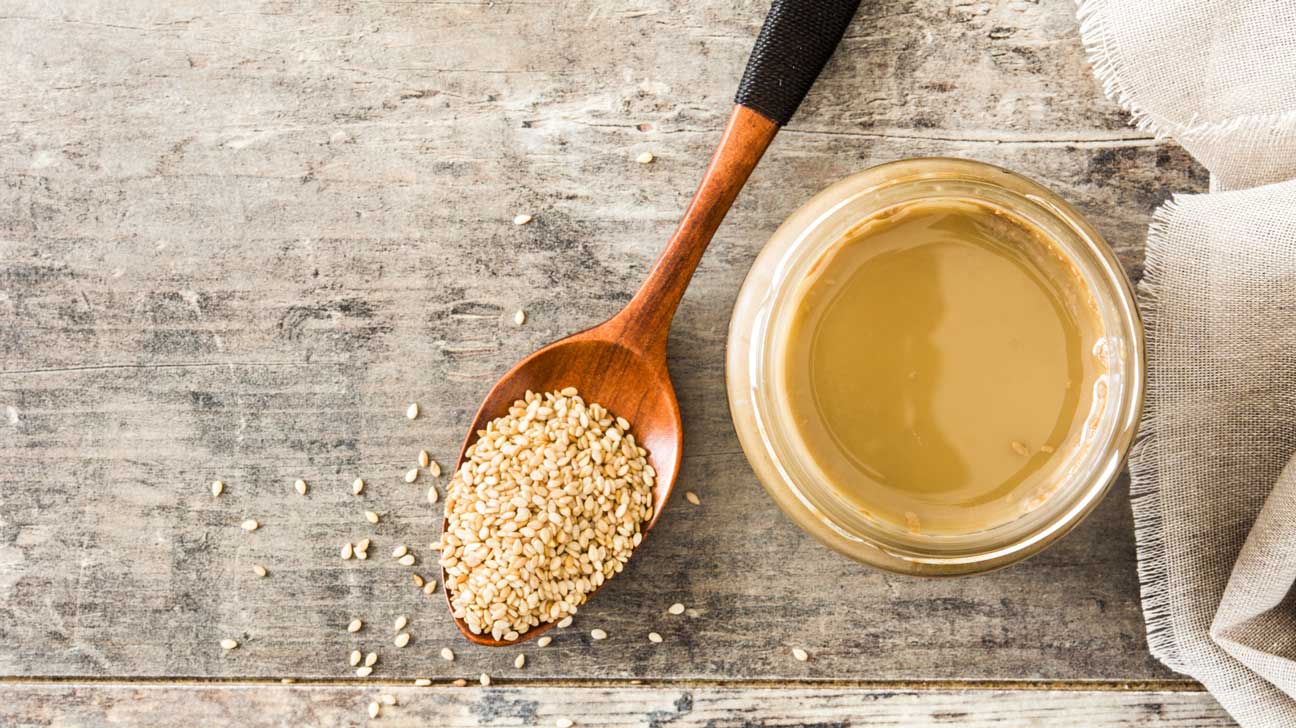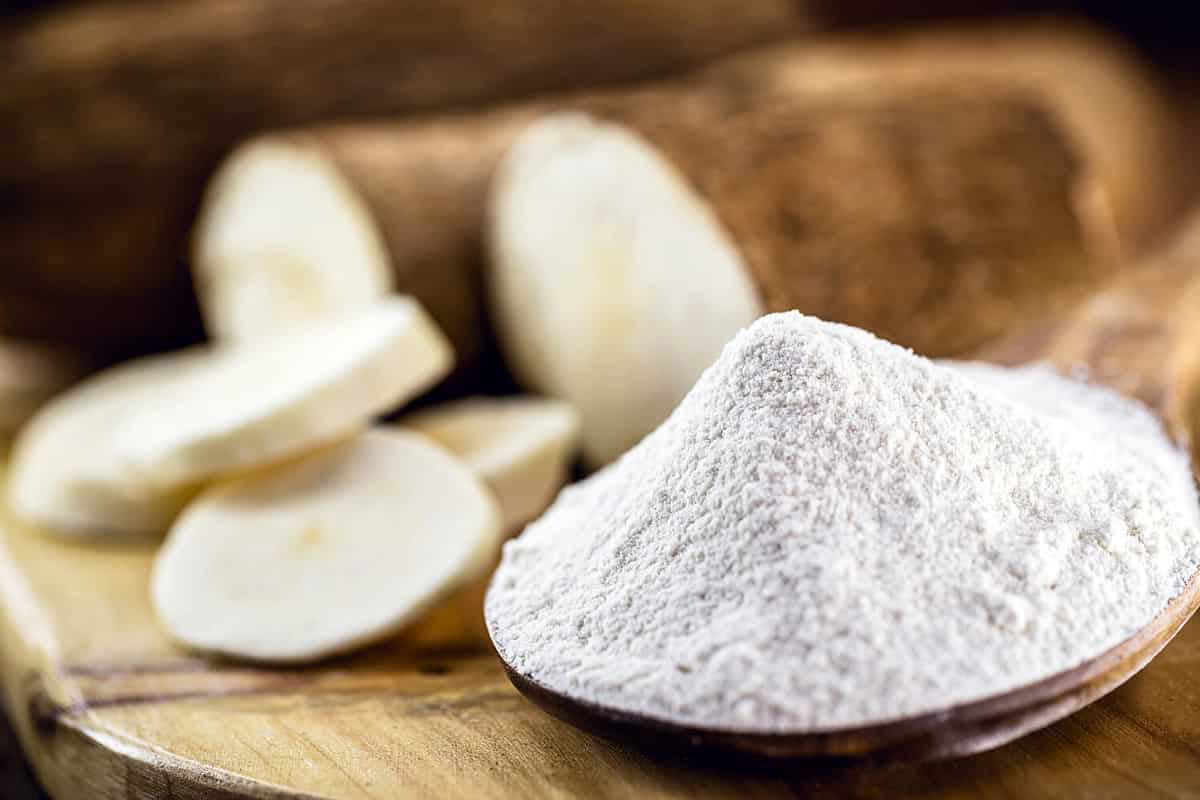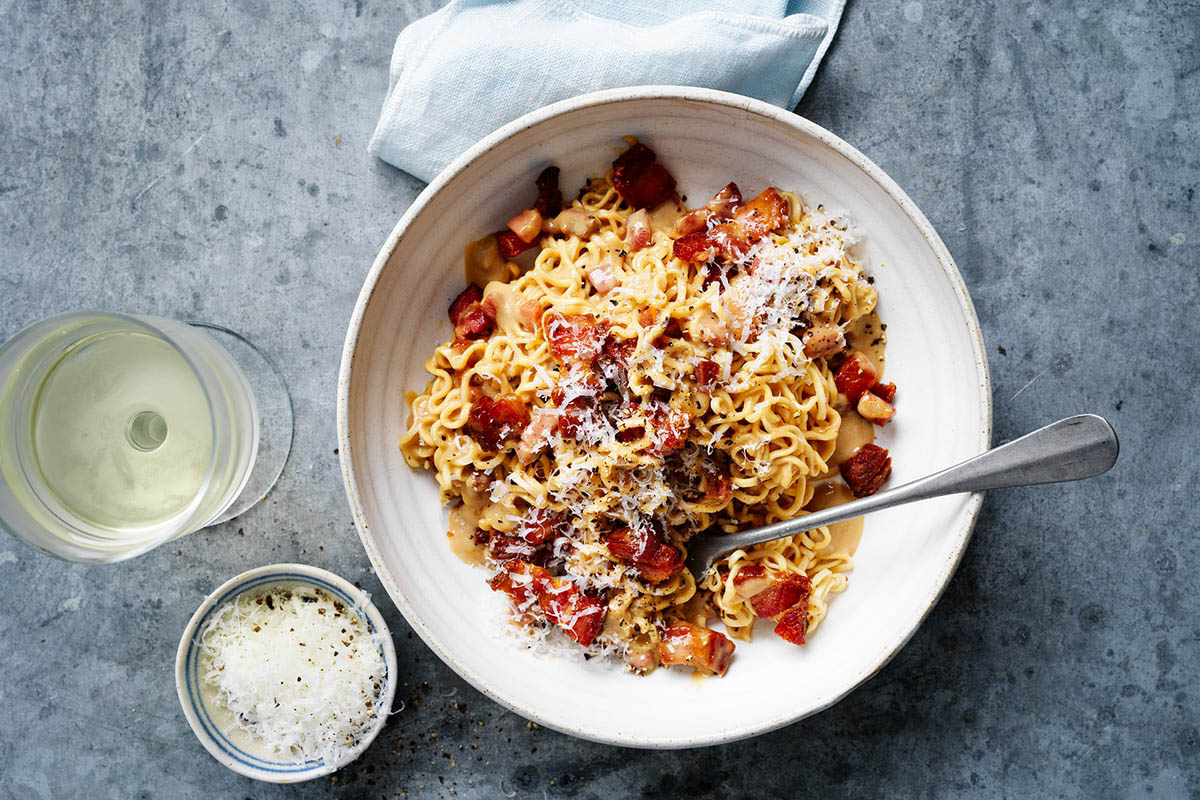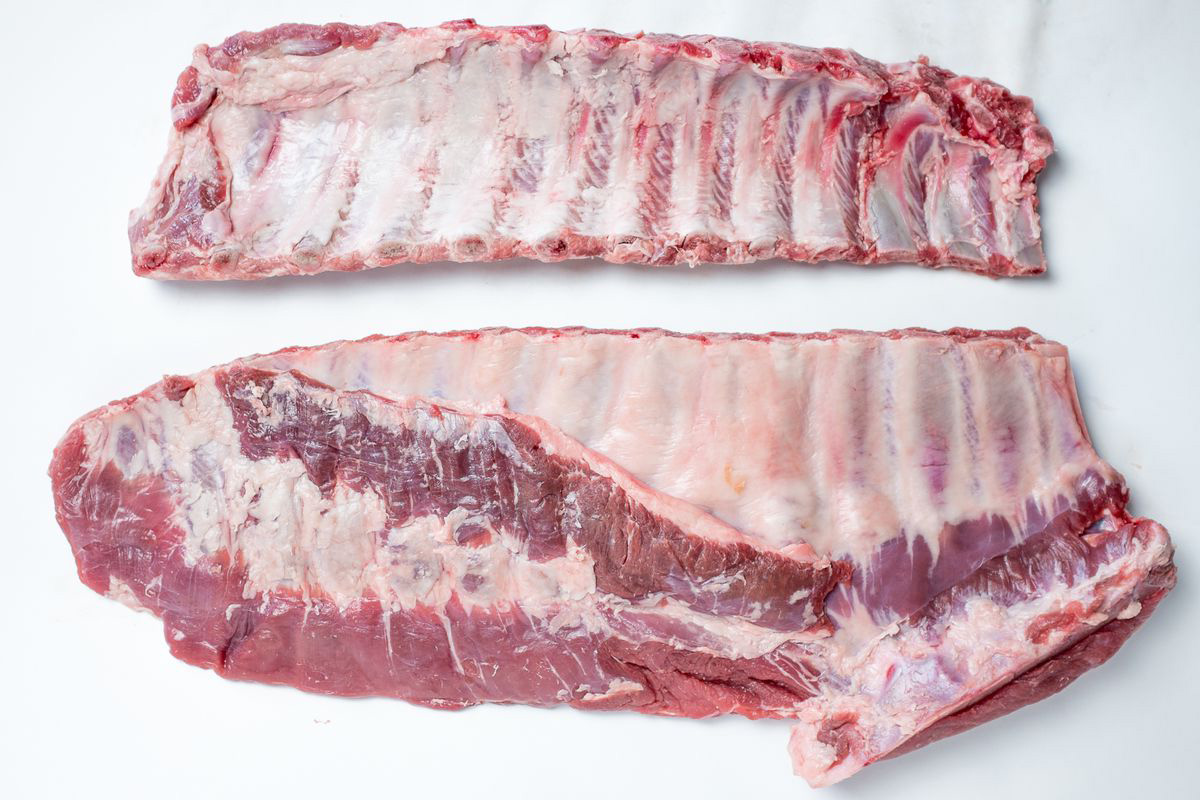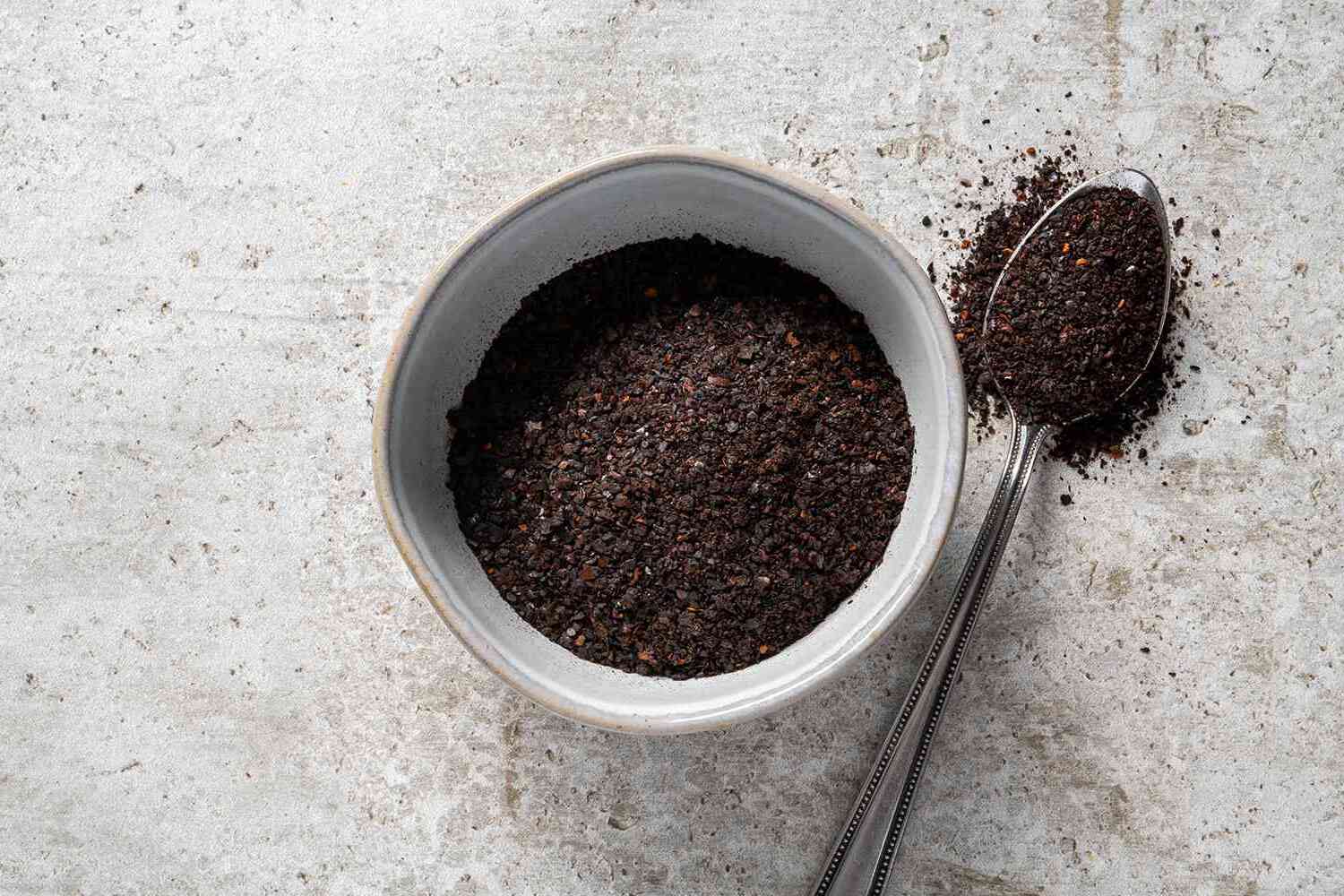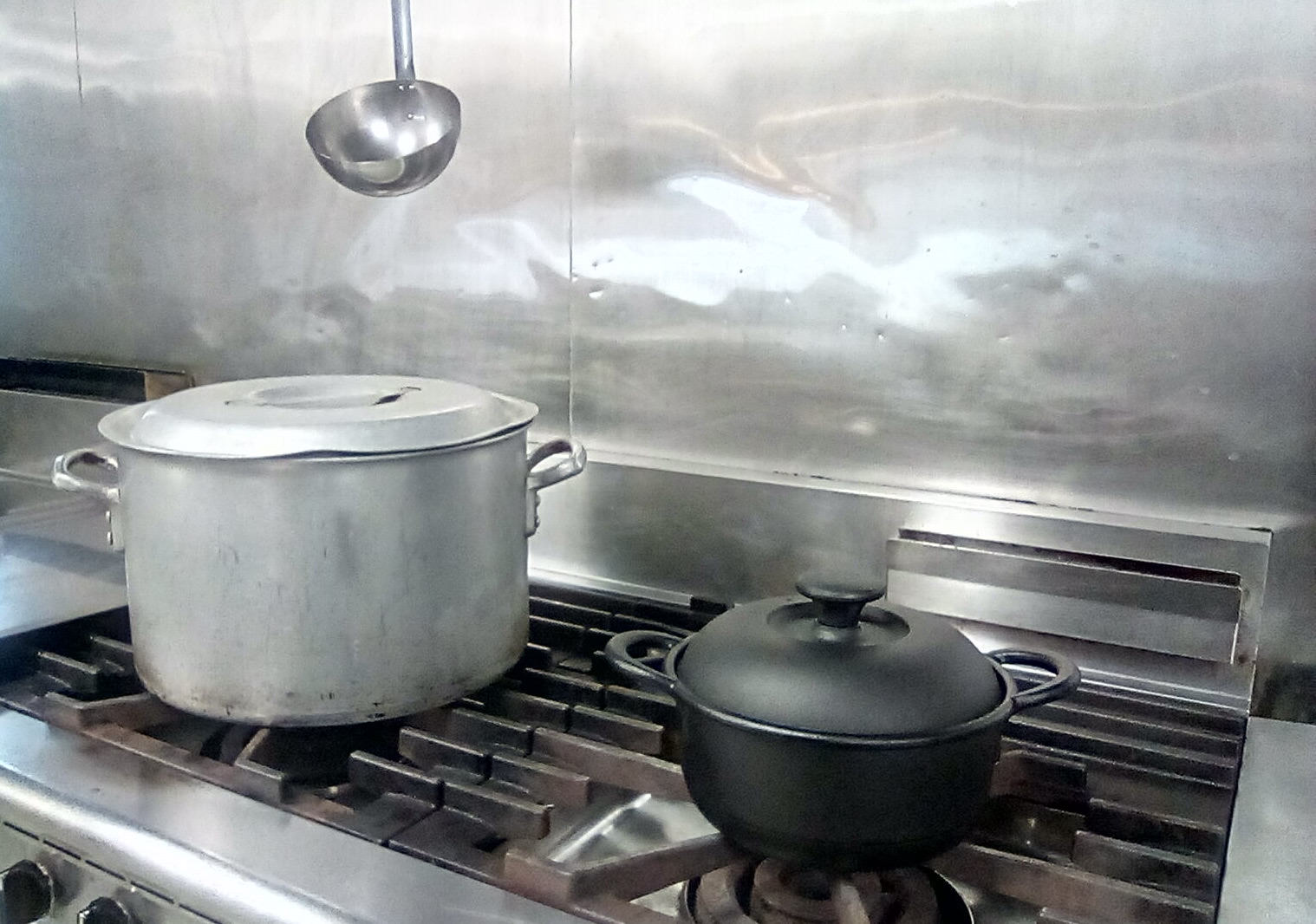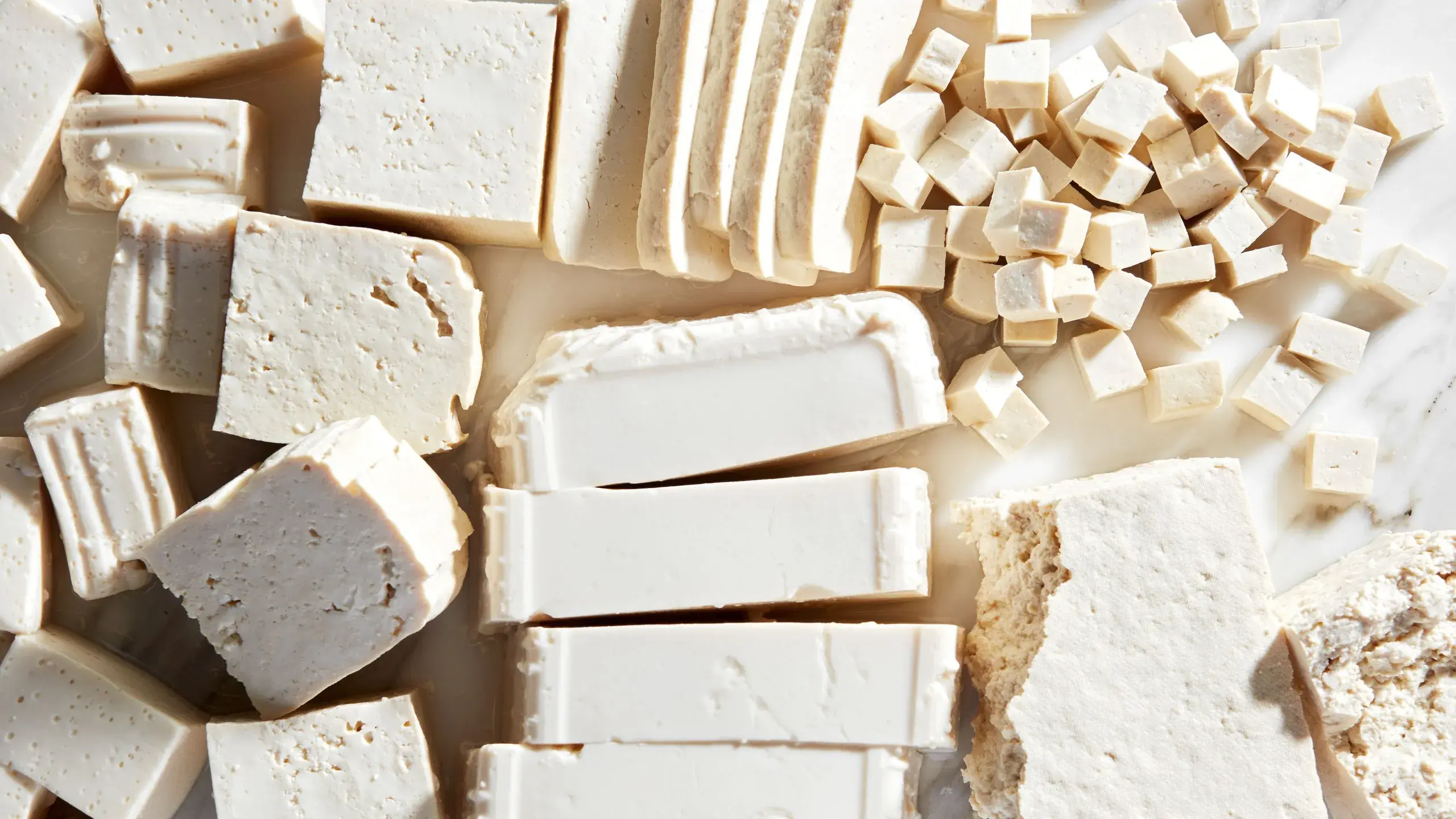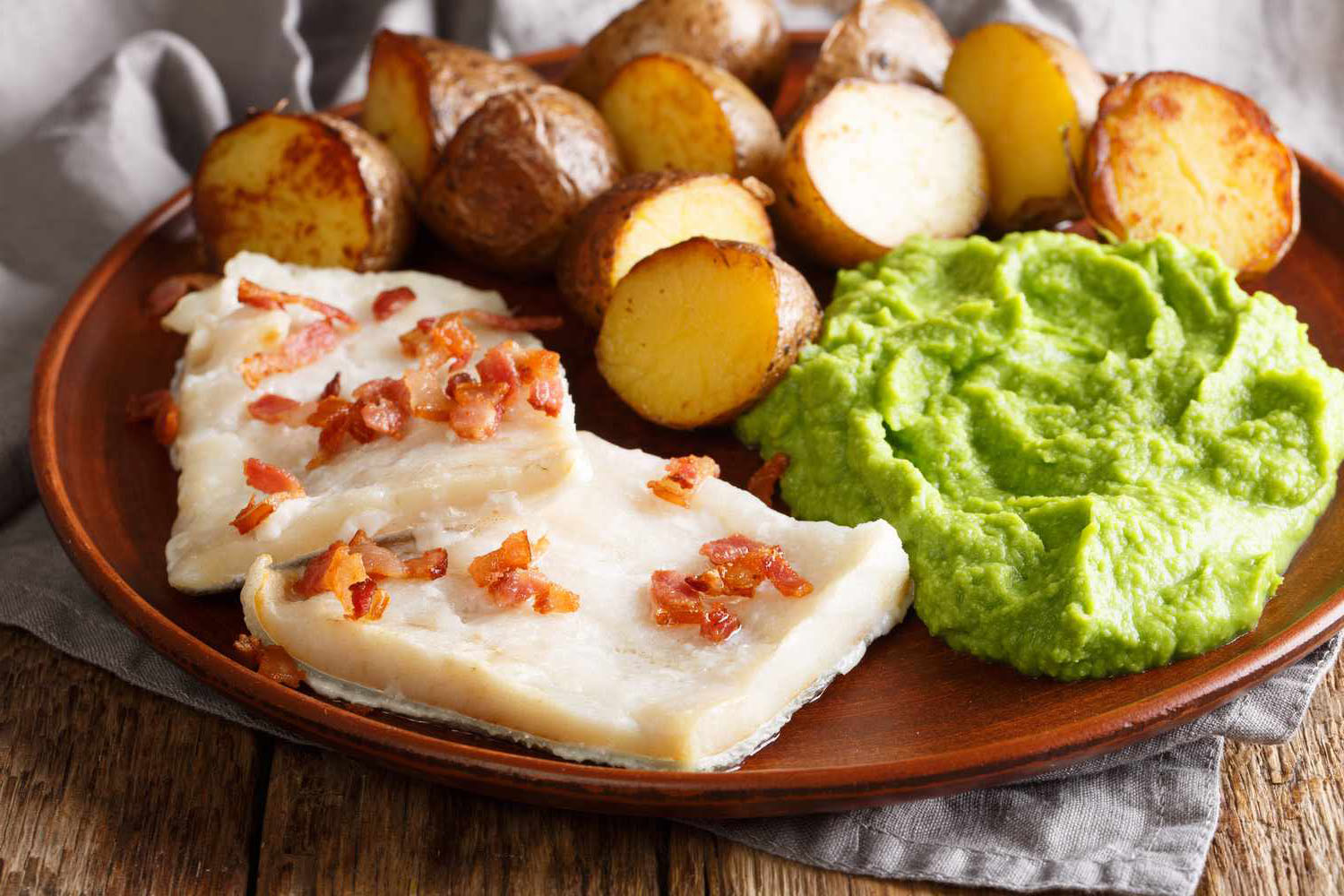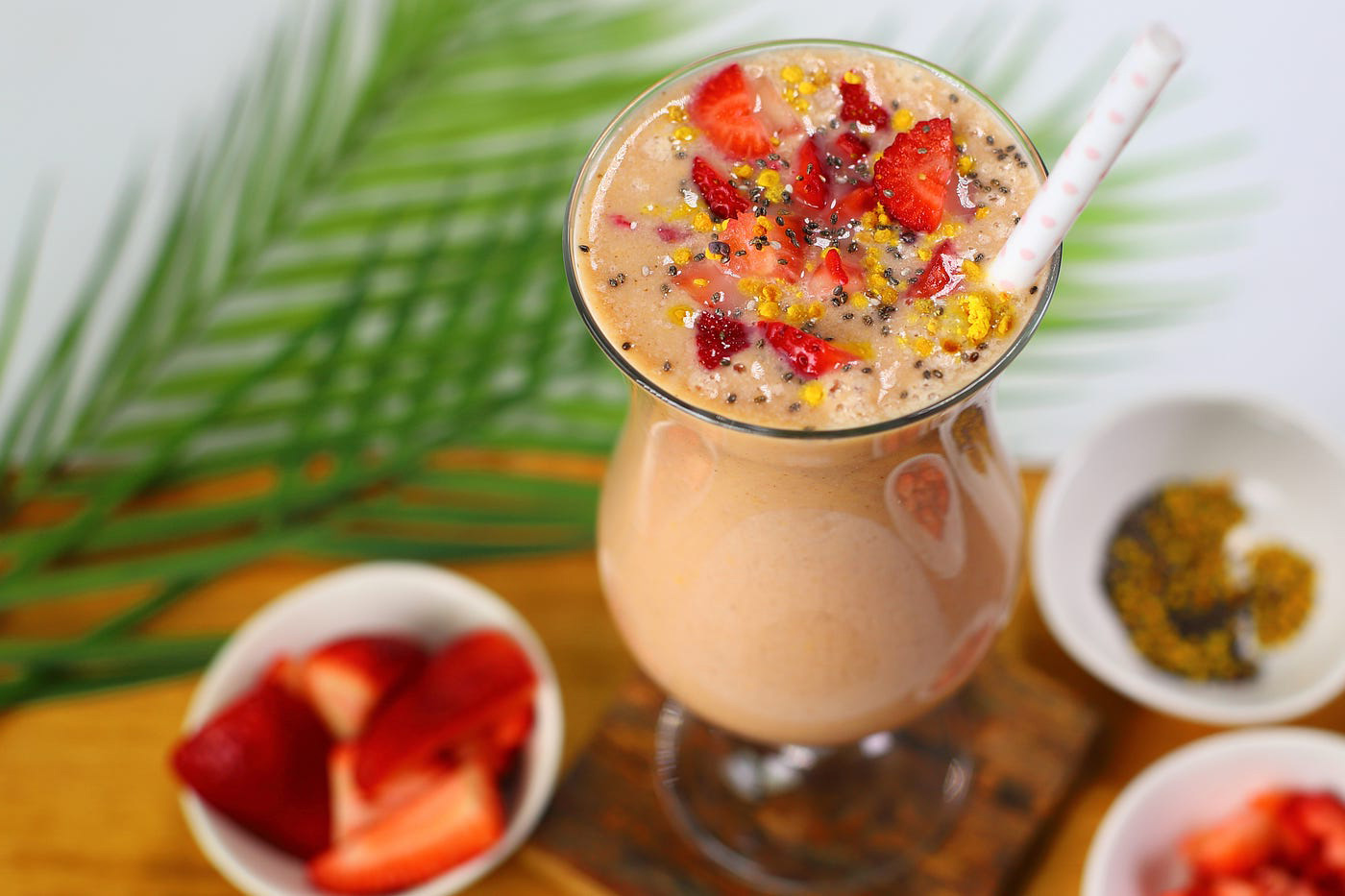Understanding Gluten-Free Flour
Gluten-free flour has become increasingly popular in recent years, as more and more people are seeking alternatives to traditional wheat flour. But what exactly is gluten-free flour, and how does it differ from regular flour?
What is Gluten-Free Flour?
Gluten-free flour is a type of flour that does not contain gluten, a protein found in wheat, barley, and rye. This type of flour is suitable for individuals who have celiac disease, gluten sensitivity, or those who choose to follow a gluten-free diet for other health reasons.
Types of Gluten-Free Flour
There are several types of gluten-free flour available, each with its own unique properties and uses. Some popular options include:
- Almond flour: Made from ground almonds, almond flour is high in protein and low in carbohydrates, making it a popular choice for gluten-free baking.
- Coconut flour: This flour is made from dried coconut meat and is high in fiber and low in carbohydrates, making it a nutritious option for gluten-free recipes.
- Rice flour: Rice flour is made from finely milled rice and is a versatile option for gluten-free cooking and baking.
- Buckwheat flour: Despite its name, buckwheat is not related to wheat and is naturally gluten-free. It has a rich, nutty flavor and is often used in pancakes, waffles, and other baked goods.
- Quinoa flour: Quinoa is a nutritious, gluten-free grain that can be ground into flour and used in a variety of recipes, including bread, muffins, and cookies.
Benefits of Gluten-Free Flour
Gluten-free flour offers several benefits, especially for those with gluten-related health concerns. Some of the key advantages of using gluten-free flour include:
- Improved Digestive Health: For individuals with celiac disease or gluten sensitivity, eliminating gluten from the diet can lead to improved digestive health and overall well-being.
- Expanded Recipe Options: Using gluten-free flour opens up a world of new recipe possibilities, allowing individuals to enjoy their favorite foods without the discomfort of gluten.
- Healthier Nutritional Profile: Many gluten-free flours, such as almond and coconut flour, offer a healthier nutritional profile compared to traditional wheat flour, with higher protein and fiber content.
How to Use Gluten-Free Flour
When using gluten-free flour in recipes, it’s important to note that it may behave differently than traditional wheat flour. Here are some tips for using gluten-free flour effectively:
- Experiment with Blending: Mixing different types of gluten-free flour can help achieve the desired texture and flavor in baked goods.
- Use Binders: Adding ingredients such as xanthan gum or guar gum can help improve the texture and structure of gluten-free baked goods.
- Adjust Liquid Content: Gluten-free flours may require more or less liquid than traditional flour, so be prepared to adjust the recipe accordingly.
In Conclusion
Gluten-free flour is a versatile and valuable ingredient for individuals seeking to avoid gluten in their diets. With a wide range of options available, it’s easier than ever to enjoy delicious, gluten-free versions of your favorite foods.
Whether you have celiac disease, gluten sensitivity, or simply want to explore new culinary possibilities, gluten-free flour opens the door to a world of tasty and satisfying recipes.
Was this page helpful?
Read Next: What Is Empanada Dough
